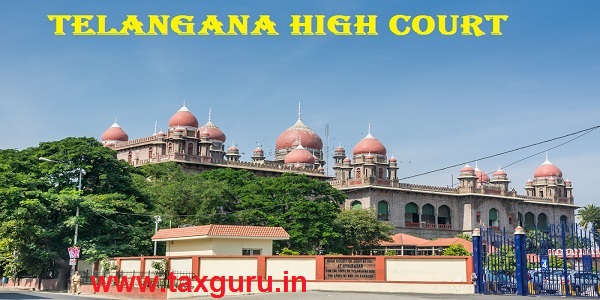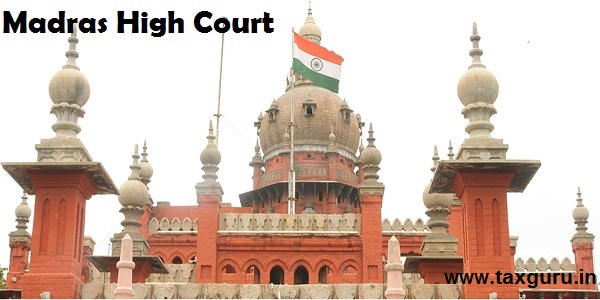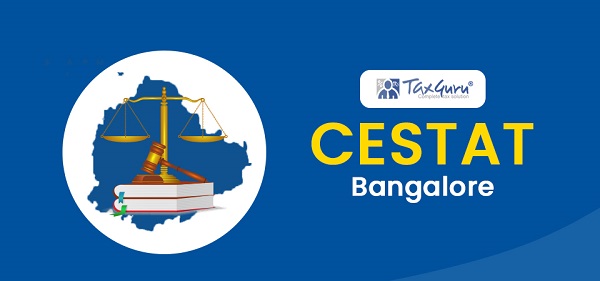For last so many days, there has been only one discussion – Was demonetisation a successful step to curb black money?
“99% currency comes back to banks” has ignited a new flame to this discussion. Before discussing about whether demonetisation is a success or failure, let’s talk about what all fields did demonetisation hit –
- Black money: Of the Rs 17 lakh crore of total currency in circulation in the country, black money is estimated at mind-boggling Rs 3 lakh crore. Black money is nothing but a plunder of the nation. Black money operators run a parallel economy which shakes the very foundation of the Indian economy. Demonetisation compelled people to either deposit all money in banks or simply destroy it.
- Note bank politics: We all saw what happened in Uttar Pradesh, Punjab, Goa and Uttarakhand. Uttar Pradesh, where elections are always fought on basis of black money were fought cleanly and transparently. Mayawati and Mulayam Singh quoted “We have already lost the elections, it is a financial emergency.”
- Real estate cleansing: real estate is built on black money and demonetisation move has curtailed the flow of black money due to which an unexpected dip in land and property prices has been seen.
- Hawala transactions: Hawala is a method of transferring money without any actual money movement. Hawala route is used as a means to facilitate money laundering and terror financing. Hawala rackets run again on black money. With black money suddenly being wiped out of the market, thanks to demonetisation, hawala operations have come to a grinding halt. According to an India Today report, one of the hawala operators in Mumbai has destroyed currency notes worth about Rs 500 crores.
- Counterfeit currency: Demonetisation has dealt a death blow to the counterfeit Indian currency syndicate operating both inside and outside the country. This is an open secret that Pakistan has been printing fake Indian currency at its government printing press in Quetta and its security press in Karachi. The enemy nation funnels the counterfeit currency through the frontier at Jammu & Kashmir and via India’s porous border with Bangladesh and Nepal. With Prime Minister Modi’s decision to pull out the old Rs 500 and Rs 1,000 notes and replace them with new Rs 500 and Rs 2,000 series has completely stalled the circulation of counterfeit Indian currency.
- Terror financing: Terror financing is sourced through counterfeit currency and hawala transactions. This is how terror financing works. Fake currency circulation is routed through a multi-layered network of hawala operators which are closely linked to satta (gambling) and smuggling of drugs, opium and arms. Indirectly, they all end up financing terrorism.
- Kashmir unrest: The four-month-long unrest in Kashmir valley is on a backburner, thanks to demonetisation. No stone pelting on security forces has been reported in Kashmir ever since the demonetisation announcement was made.
Now, please try and understand that success of demonetisation doesn’t depend on whether the money comes back or not in banks.
Had the money not been deposited in bank accounts, then demonetisation would have completely failed. It is better to have it deposited in the accounts than to not see it at all.
Since money is deposited in banks, two things have happened –
- We are able to identify who that money belongs to. This is out of self-declaration. We know how much money was held by whom.
- We have achieved the first logical step to begin a paper trail that can help us to identify the real owners of black money.
The person who threw those notes in the river had black money worth much more than that. He had it stashed away in illegal foreign holdings, he had it in the form of jewellery, vehicles, land, shell corporations etc. And now we have no way of knowing who that person was.
But by depositing that cash, he has opened the door for further investigation. And that can be the real success of demonetisation.
We already know that more number of people have started filing income tax returns. Now we have a lot of potential to check the transaction trail. It’s easy to link a person’s income tax returns of the past few years and then match it with the amount of cash deposited by him.
If there is anything suspicious (for example, if the cash deposited is more than a certain percentage of the income for the last 5 years), then the income tax department can proceed to initiate an enquiry against that person.
When a scrutiny starts, everything else is taken into account – his other assets, his connections with other people, the incomes of his partners and employees and employers. That is how you identify the black money.
But if nothing is deposited at all, off you go! At best, it could become a one-time theoretical advantage, but nothing substantial to act upon. If the money had not returned, demonetisation would have become a one-time thing with no long term systematic repercussions.
Thankfully, it’s not that bad. Money has come back, and we have managed to successfully identify the first person in a trail of transactions.
In my opinion: the benefits will take a lot of time to accrue. If we start rushing to a decision now about whether it’s good or bad, or successful or not, then we are not looking at the bigger picture.






























The Income tax machinery is concentrated on people who have very small incomes say Rs 3-10 lacs whereas hundreds of crs black money spent on elections by all political parties the dept goes into silent mode. Look at the lavish weddings, parties, decorations, flaunting of wealth openly by politicians. Appointment of Lokpal, a big no, RTI into political funding, a big No. what kind of clean money we are talking about?
I like the article. Atleast the Black Money has been identified and brought into Banks.
But action against the holders leaves much to be desired.
In one case where 200 crores were caught by CBI, the plea is that they are unablew to identify the Bank from whom it came. Is CBI really that bad? Can’t they take action against the RBI official who did not keep proper record.
Such incidences leaves one to imaginw that collusion is possible
very good & thoughtful column.
The author has hit the bull’s eye in his analysis of the mystery behind all money returned to banks. All black cash was laundered at the going rate of 20 to 40 percent and pumped back into the system including the commissions earned. Yet the naysayers keep on ranting ( including some high profile economists) that demo has failed because all cash has returned to the bank. Prying out the rotten apples from the good ones where both look similar is a challenge to the present Regime.